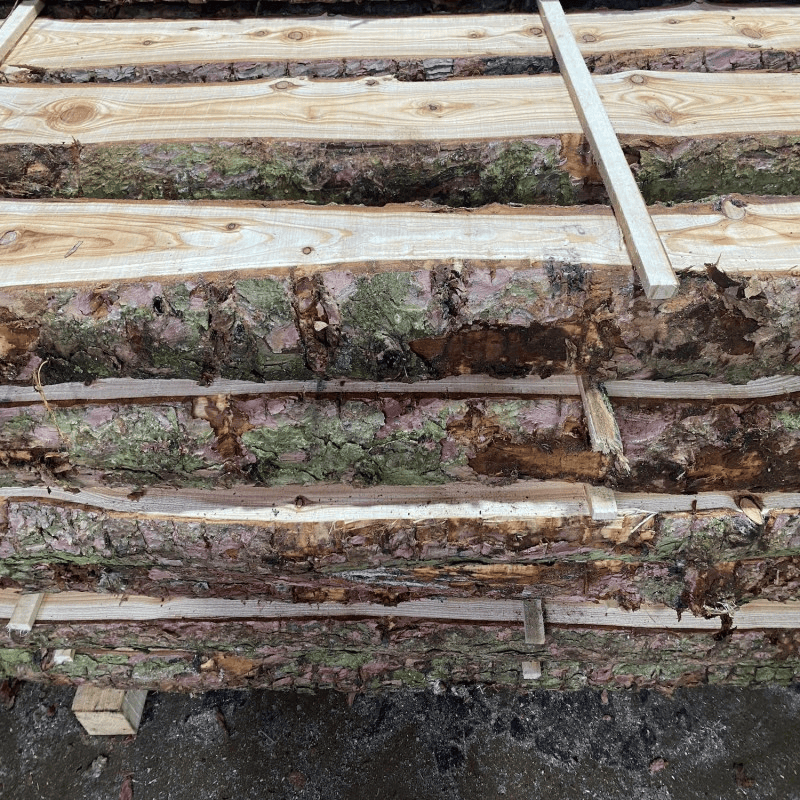Feather Edge vs Shiplap: Understanding the Differences Between Popular Options
Property owners typically ponder whether to use feather edge or shiplap cladding when selecting timber cladding for a building project. Both styles offer benefits that meet some architectural designs or practical needs. This tutorial outlines the most important differences to help the readers get the best options for their cladding projects.
What Is Feather Edge Cladding?
Feather edge cladding encompasses boards with a distinctive tapered profile – thicker towards one edge and tapering towards the other. These boards overlap when installed which gives a rustic look which has covered British barns and outbuildings for centuries. The overlapping structure provides excellent weather protection as water can run off easily.
Typically, the boards are installed horizontally with the thick part overlapping the one below it which enhances the shadow-line effect. The shadow lines give additional depth and character to the outsides of the building.
What Is Shiplap Cladding?
Shiplap cladding has ditch edges where the boards interlock with each other in an exact manner such that no space is left between adjacent edges. The milled pattern between boards provides uniform city looking contemporary water run off which is more controlled compared to feather edge.
Welcoming a modern touch, shiplap siding appeals to many with its contemporary sharp look. The assigned shadow gaps between each board are well defined, which creates an appealing silhouette to the eye.
Comparing Weather Resistance
Both types of cladding will provide great protection if they are appropriately maintained and installed. However, certain areas present to be more suitable for one type of siding over the other.
Due to its superior overlapping shape, Feather Edge excels in highly rainy regions. Its design creates a natural watershed effect, making it easier for water to run off the face of the cladding without permeating.
While shingles does provide greater weather resistance through interlocking designs, shiplap performs better overall. Water flow control along with timber expansion during seasonal change makes shiplap superior.
Installation Considerations
Due to its less intricate design, Feather Edge cladding tends to be easier during fitting. This option is particularly suitable for older buildings with slanting walls due to ease of precision. Slighter design overlaps also help adjustable irregularities.
While Feather siding creates room for ease of installation, shiplap needs accurate positioning. Interlocked designs require precision; however, they provide great aesthetic appeal through uniformity. Accuracy during assembly will ensure unison alignment of water channels.
Aesthetic Differences
Looks have often been the deciding factor in the choice of one style of cladding over the other. Feather edge evokes a more traditional and rustic appearance with distinct shadow lines as well as textures. This is suited for rural properties, garden structures, or any undertaking striving for a heritage touch.
Unlike Feather edge, Shiplap has a modern appealing cynosure, it displays smooth lines and has regular defined channels between the boards. This style is best suited for contemporary architectural designs or even modernised construction works that demand a sleek finish.
Maintenance Requirements
Tending to both styles undergoes similar cleaning cycles such as treatment with suitable wood preservatives or paints. Untreated Oak cladding effortlessly weathers to a silver-grey patina, which for some owners is appealing.
The less complicated design of shiplap may make it easier to clean and repaint, while the overlapping style of feather edge might demand more care to ensure preservatives access all surfaces.
Final Considerations
Personal taste along with the preferred architectural style of the building, local weather and environment ought to be kept in mind when choosing between featheredge and shiplap. It is worth noting that both options provide an appealing, long-lasting finish when made from oak and installed with quality attention to detail.
Most appropriate selection of material not only serves as a shield against natural occurring weather elements but also improves the aesthetic appeal and worth of the property for many years to come.
« Back to news list






